Welcome to a journey into the wild, where we unravel the mystery of the grizzly bear’s habitat. Grizzly bears, known for their distinctive hump and long, curved claws, are a subspecies of brown bears that have sparked intrigue and admiration for centuries.
Their habitat is as fascinating as the bears themselves, offering a unique glimpse into the intricate balance of nature.
In this article, we will explore the biome in which these majestic creatures thrive. The Earth is a mosaic of these biomes, each with its unique set of characteristics and inhabitants.
Grizzly bears are not just inhabitants of their biome; they are a vital part of it. Their presence and activities have significant impacts on the ecosystem, making them keystone species.
So, let’s embark on this journey to understand the biome of the grizzly bear, and the taiga, and appreciate the intricate web of life it supports.
Key Features

Biomes are the world’s major communities where insects, animals, plants, and people live in a certain type of climate. They are distinct biological communities that have formed in response to a shared physical climate.
Biomes are often defined by factors such as plant structures (such as trees, shrubs, and grasses), leaf types (such as broadleaf and needle leaf), plant spacing (forest, woodland, savanna), and climate.
There are five major types of biomes: aquatic, desert, forest, grassland, and tundra. Each of these biomes has unique characteristics, such as the life forms you will find there, the climates they have, and the global distribution.
In the vast wilderness, the remarkable olfactory abilities of a grizzly bear allow it to navigate the world of scents with expertise, akin to the extraordinary sense of smell possessed by its black bear counterpart.
In the context of our subject, the grizzly bear, we will focus on their home – a specific type of forest biome known as the taiga, or boreal forest.
The Biome of Grizzly Bears
The grizzly bear is a North American subspecies of the brown bear. These awe-inspiring giants tend to live in the remote wilderness areas of western North America, Alaska, and as we will see, the taiga biome.
The taiga biome, also known as the boreal forest, is characterized by coniferous forests consisting mostly of pines, spruces, and larches.
It is a cold, rugged landscape, yet it teems with life, including a variety of birds, mammals, insects, and plants. The grizzly bear is one of the largest predators in this biome, with adults often weighing in at over 300 kilograms. Despite their size, they are remarkably adaptable, capable of surviving and thriving in this harsh environment.
The key to the grizzly bear’s survival in the taiga lies in its remarkable adaptations, which allow it to exploit its resources effectively.
These adaptations, which include physical characteristics and behaviors, have evolved over thousands of years and are a testament to the bear’s resilience and versatility.
The Taiga
The taiga biome stretches over Eurasia and North America, covering most of inland Canada and Alaska as well as parts of the continental United States.
It also covers most of Sweden, Finland, inland Norway, northern Kazakhstan, and Russia. The taiga is located near the top of the world, just below the tundra biome.
It is characterized by a cold, harsh climate, with long, frigid winters and short, cool summers. The ground is often frozen, a condition known as permafrost.
Despite these harsh conditions, it is home to a variety of hardy plant and animal species, including the grizzly bear. The taiga is dominated by coniferous trees, which are well adapted to the cold climate and poor soil conditions.
It is a land of extremes, with temperatures that can plummet to -50 degrees Celsius in the winter and rise to 30 degrees Celsius in the summer. Despite these extreme conditions, this biome supports a diverse array of plant and animal life, making it a fascinating biome to explore.
Geographic Distribution
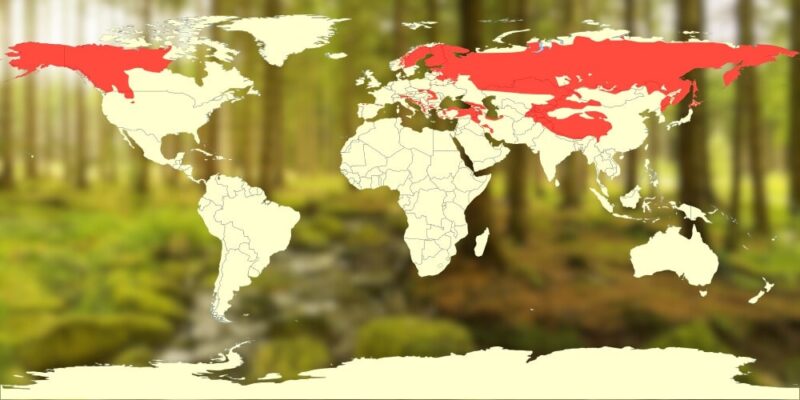
Grizzly bears are found in a variety of habitats, from dense forests to subalpine meadows, open plains, and arctic tundra. However, they are most commonly found in the taiga biome.
In North America, grizzly bears are found in western Canada, Alaska, Wyoming, Montana, Idaho, and a potentially small population in Washington.
Historically, grizzly bears roamed throughout much of western North America, from Mexico up through the western United States and into Canada and Alaska, but their range has significantly decreased due to habitat loss and hunting.
Today, the largest populations of grizzly bears are found in Alaska and Canada, where the vast, unspoiled wilderness of the taiga provides them with the resources they need to survive.
Their presence in this biome is a crucial part of the ecosystem, influencing everything from vegetation patterns to the populations of other species.
The Climate
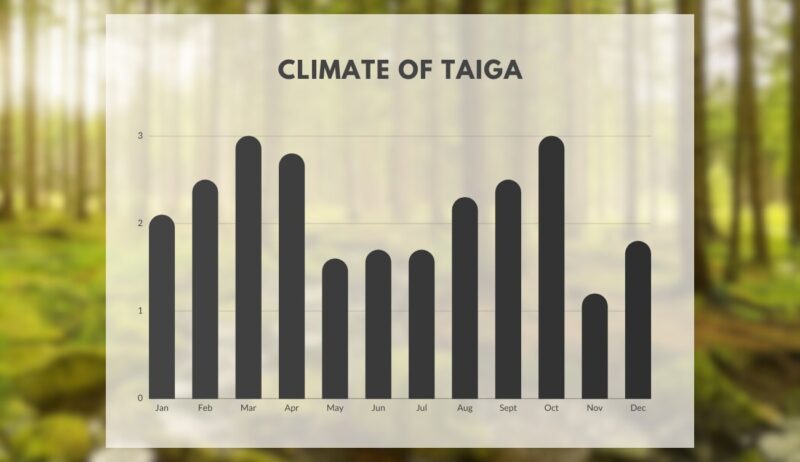
The climate of the taiga biome is characterized by long, cold winters and short, cool summers. It experiences low precipitation, but the cold temperatures make it a relatively humid environment. The winter season is especially severe, with temperatures often dropping below freezing.
Despite these harsh conditions, the taiga supports a diverse array of plant and animal life. The cold climate and poor soil conditions have led to the dominance of coniferous trees, which are well adapted to these conditions.
These trees, which include species such as spruce, fir, and pine, form dense forests that provide shelter and food for a variety of animal species, including grizzly bears.
The climate has a significant impact on the life cycles and behaviors of its inhabitants. For example, grizzly bears hibernate during the winter months when food is scarce. They spend the summer and fall eating as much as they can to build up fat reserves for the winter.
This cycle of feasting and fasting is a key aspect of their survival strategy in the taiga.
Adaptations
Grizzly bears have a number of physical and behavioral adaptations that allow them to survive here. One of the most notable is their thick fur, which provides insulation during the cold winters. Their fur is also waterproof, allowing them to stay warm and dry even in wet conditions.
They are also well adapted to a diet that varies with the seasons. They are omnivores, eating a mix of plants and animals. In the spring and summer, they feed heavily on plant foods, while in the fall they switch to a diet rich in meat and fat, building up their fat reserves for the winter.
One of their most fascinating adaptations is hibernation. During the winter months, when food is scarce, grizzly bears enter a state of deep sleep. During this time, they live off their fat reserves, allowing them to survive the harsh winter without eating, drinking, urinating, or defecating.
Vegetation and Flora
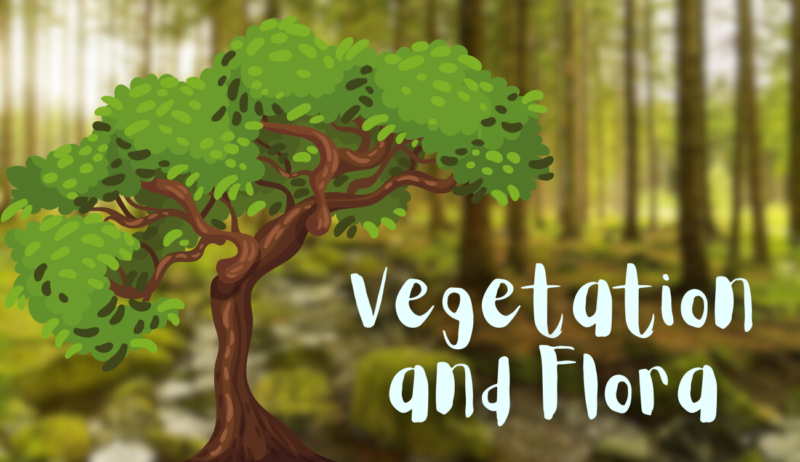
In addition to coniferous trees, the taiga also supports a variety of other plant species. These include lichens, mosses, and small shrubs, which are able to survive in the harsh conditions of the taiga.
During the short summer season, the taiga bursts into life, with wildflowers and other plants taking advantage of the brief growing season.
The vegetation provides a crucial food source for grizzly bears. In the spring and summer, grizzly bears feed on a variety of plant foods, including berries, roots, and shoots.
In some areas, they also feed on the nuts of the whitebark pine, a key food source that can influence their distribution and movement patterns.
Fauna and Animal Life
The taiga biome is home to a diverse array of animal species. In addition to grizzly bears, it supports populations of animals such as moose, wolves, lynx, and a variety of bird species. These animals have all developed unique adaptations to survive in the harsh conditions around them.
Moose, for example, are well adapted to the cold climate. Their long legs allow them to move through deep snow, while their thick fur provides insulation against the cold.
Wolves, on the other hand, are well adapted for hunting in the taiga. They have large paws that allow them to move easily through snow, and they are able to survive on a diet of large mammals, such as moose and caribou.
The presence of these and other species contributes to the biodiversity of the biome and plays a crucial role in the ecosystem.
The Keystone Species
Grizzly bears are considered a keystone species in this biome. A keystone species is a species that has a disproportionately large effect on its environment relative to its abundance.
These species play a critical role in maintaining the structure of an ecological community, affecting many other organisms in the ecosystem and helping to determine the types and numbers of various other species in the community.
They influence the ecosystem in a number of ways. They help to control the populations of other species, such as elk and salmon, through predation.
They also help to distribute nutrients in the ecosystem. For example, when they catch salmon, they often eat only part of the fish and leave the rest to decompose, providing important nutrients for the soil.
In addition, grizzly bears help to shape the vegetation of the taiga. They dig up the ground in search of roots and tubers, which can help to aerate the soil and promote the growth of certain plant species.
Human Interactions and Conservation Efforts
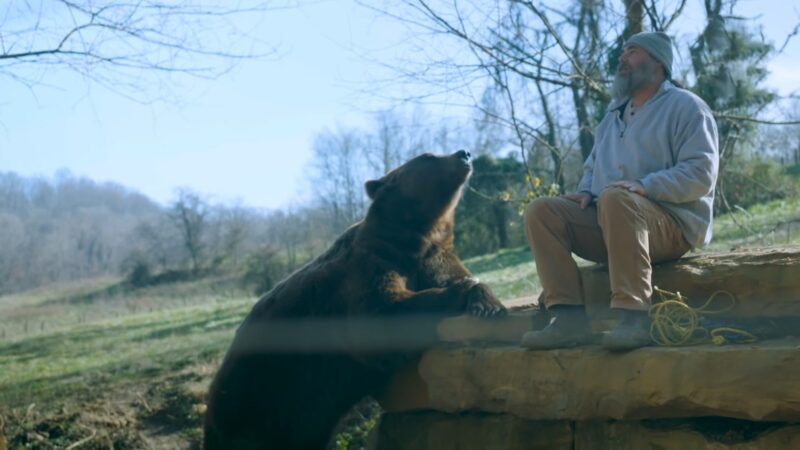
Grizzly bears have a complex relationship with humans. On one hand, they are revered for their power and majesty. On the other hand, they are often feared and persecuted due to conflicts with human activities. Habitat loss, hunting, and conflicts with humans have all contributed to a decline in their populations.
Conservation efforts are underway to protect and recover their populations. These efforts include habitat protection and restoration, research and monitoring, and efforts to reduce conflicts between bears and humans.
For example, in areas where grizzly bears and humans coexist, programs are in place to secure garbage and other attractants to prevent bears from becoming habituated to human food.
Despite these challenges, there is reason for optimism. In some areas, grizzly bear populations are stable or increasing, thanks in part to these conservation efforts. By understanding and respecting these magnificent creatures and their habitat, we can help to ensure their survival for generations to come.
Appreciating the Taiga Biome as the Home of Grizzly Bears
Understanding the taiga and its inhabitants, including the grizzly bear, is crucial for our broader understanding of the planet’s biodiversity. The taiga is not just a collection of trees and animals; it is a complex, interconnected system, where every organism, from the smallest insect to the largest bear, plays a role.
The Taiga’s Role in Global Climate
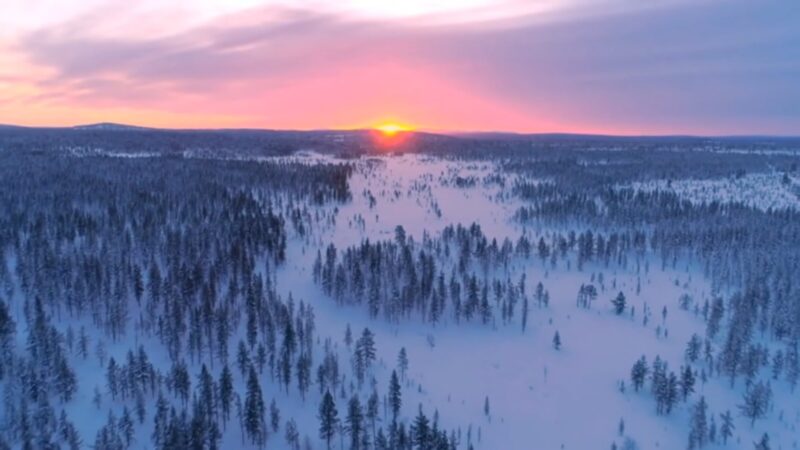
The taiga biome plays a significant role in the global climate. Its vast forests act as a carbon sink, absorbing carbon dioxide from the atmosphere and storing it in its biomass. This process helps to mitigate the effects of climate change by reducing the amount of carbon dioxide in the atmosphere, a key driver of global warming.
However, the taiga is also vulnerable to the impacts of climate change. Rising temperatures can lead to changes in the distribution and composition of its forests, affecting the wildlife that depends on them.
For example, warmer temperatures could shift the range of grizzly bears northward, potentially leading to conflicts with polar bears and other species.
In addition, climate change can increase the risk of wildfires in the biome, which can release large amounts of carbon dioxide into the atmosphere, exacerbating global warming. Therefore, protecting the taiga and its inhabitants, including grizzly bears, is not just a matter of biodiversity conservation; it is also a crucial part of our efforts to combat climate change.
Cultural Significance of Grizzly Bears

These species hold significant cultural value for many indigenous people who share the taiga biome with these magnificent creatures.
They are often revered as powerful spirits or totems and feature prominently in local myths and legends. For these communities, grizzly bears are not just animals; they are deeply intertwined with their cultural identity and worldview.
The relationship between humans and grizzly bears is not always harmonious. As human activities expand into the taiga, conflicts between humans and bears can occur.
These conflicts can take many forms, from bears raiding garbage bins to attacks on humans. Such incidents can fuel fear and misunderstanding, leading to the persecution of the bears.
Education and outreach are crucial for fostering coexistence between humans and grizzly bears. By learning about grizzly bears and their role in the ecosystem, people can better understand and appreciate these creatures, reducing fear and conflict.
In this way, we can ensure that their cultural and ecological legacy is preserved for future generations.
The Future
The future of grizzly bears and the taiga biome is uncertain. Climate change, habitat loss, and human-wildlife conflict pose significant challenges.
However, there is also reason for hope. Conservation efforts are making a difference, helping to protect and restore grizzly bear populations and their habitat.
Research is also shedding new light on grizzly bears and their role in this ecosystem. This research is not only increasing our understanding of these fascinating creatures; it is also informing conservation strategies, helping to ensure that they are based on the best available science.
As we look to the future, it is clear that the fate of grizzly bears and the taiga is in our hands.
Frequently Asked Questions (FAQ):

1. How long do grizzly bears typically live in the wild?
In the wild, they have an average lifespan of 20 to 25 years, although some individuals have been known to live longer.
2. Can they swim?
Yes, they are capable swimmers and can swim across rivers and lakes to reach different areas within their habitat.
3. Are grizzly bears a protected species?
Yes, they are protected under various conservation measures to ensure their survival and the preservation of their habitat.
4. How can humans help protect the taiga biome?
Humans can support protected areas, reduce habitat destruction, practice responsible tourism, and promote coexistence strategies.
5. Are grizzly bears migratory within their biome?
They may exhibit some degree of seasonal movement within their range, particularly to find food or during mating season.
Conclusion
In conclusion, the grizzly bear is a symbol of the wild beauty and resilience of the taiga biome.
As we strive to understand and protect these creatures and their habitat, we are reminded of our own connection to the natural world and our responsibility to preserve it.
The story of the grizzly bear is not just a tale of survival in a harsh landscape; it is a testament to the intricate web of life that binds us all.
Related Posts:
- What Do Black Bears Eat? Insights into Their Diet
- How Long Do Bears Live? Exploring Their Lifespans
- What Are Pizzly Bears And Grolar Bears? - Hefty Hybrids!
- How Good Is a Black Bear’s Sense of Smell? Into the…
- How to Layer a Compost Bin: Transform Your Waste into Gold
- Why Do Meerkats Stand Up? - Insights into Their…








